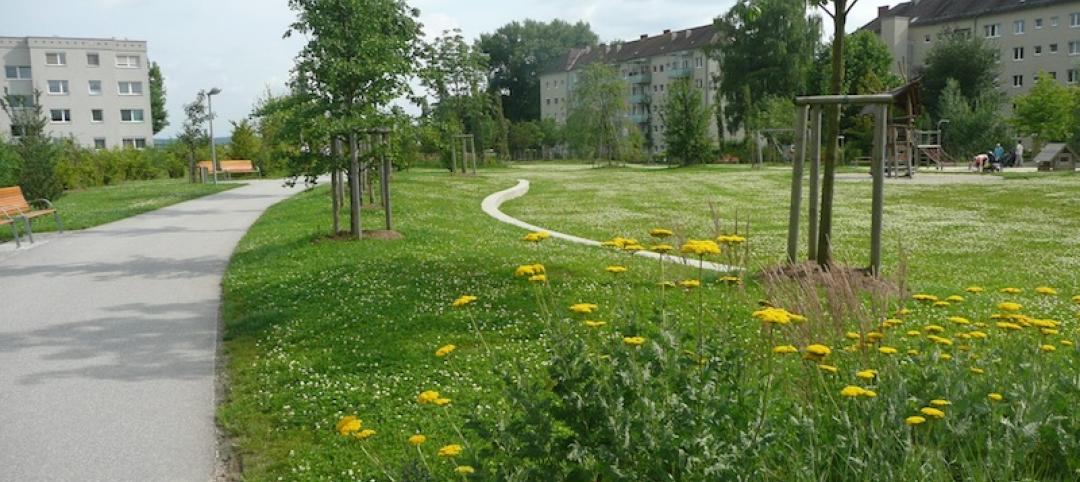A new report, Cities Safer by Design, from WRI Ross Center for Sustainable Cities, offers guidance for designing safer streets and communities that can reduce traffic fatalities and improve people’s lives.
The report includes more than 30 specific urban design recommendations for urban planners and policymakers. It emphasizes two ways to improve traffic safety in cities. First, building and retrofitting urban environments to reduce the need for individual vehicle trips; and second, by reducing vehicle speeds in areas where cars, pedestrians, and cyclists mix.
The report focuses on improving infrastructure for pedestrians, bicycling, and mass transport. It includes examples from several cities including Tokyo, Mexico City, Rio de Janeiro, Istanbul, New York City, and Paris.
Recommendations include:
- Smaller block sizes
- Frequent street connections
- Narrower streets
- Traffic calming measures such as speed humps, chicanes, curb extensions, raised pedestrian crossings
- Arterials and intersections that reduce conflicts between road users by providing clear crossings, medians, and refuge islands
- Pedestrian facilities ranging from pedestrian-only areas to basic, consistent sidewalks
- Bicycling networks that feature protected bicycle lanes and special attention to design at intersections
- Safety improvements around mass transport stations and corridors.
Related Stories
| Jan 8, 2014
United Association, NRDC seek major plumbing code changes
Proposed changes include mandating the insulation of hot water piping in new buildings.
| Jan 2, 2014
EPA move to assert oversight on small bodies of water among top regulatory battles for 2014
The EPA has started the process of declaring that it has the power to regulate streams, brooks, and small ponds.
| Jan 2, 2014
Paseo Verde in Philadelphia is nation’s first LEED Platinum neighborhood development
Paseo Verde, a mixed-use, mixed-income community hosted a ribbon cutting ceremony last month.
| Jan 2, 2014
Green infrastructure prominent in Akron, Ohio's sewer plans
City officials in Akron, Ohio want to prevent stormwater from entering its combined sewer system through the use of green infrastructure.
| Jan 2, 2014
OSHA to hold public meeting on proposed rule to improve tracking of workplace injuries
The Occupational Safety and Health Administration (OSHA) has scheduled a public meeting to allow interested parties to comment on the proposed rule to improve tracking of workplace injuries and illnesses.
| Jan 2, 2014
Measuring whole building energy use among big changes in LEED v4
A new prerequisite in LEED v4 calls for each project to measure whole building energy use, and then share that data with USGBC.
| Jan 1, 2014
San Francisco hosts Net Positive Energy + Water Conference
The Living Building Challenge’s Net Positive Energy + Water Conference will be held Feb. 4-5 in San Francisco.
| Dec 27, 2013
California’s new Title 24 energy code compliance date pushed back to July 1, 2014
Due to the stringency of the provisions in California’s new Title 24 energy codes, their implementation has been postponed until July 1, 2014 to allow jurisdictions and engineers to prepare for them.
| Dec 27, 2013
$1 billion 'city within a city' development approved by Coachella, Calif., city council
The mega development includes 7,800 homes, a retail center, office space, and nearly 350 acres of open space.
| Dec 26, 2013
OSHA may require companywide reporting of injuries and illnesses
The Occupational Safety and Health Administration is considering a change in policy that would require organizations to submit company-wide data on illnesses and injuries.
















